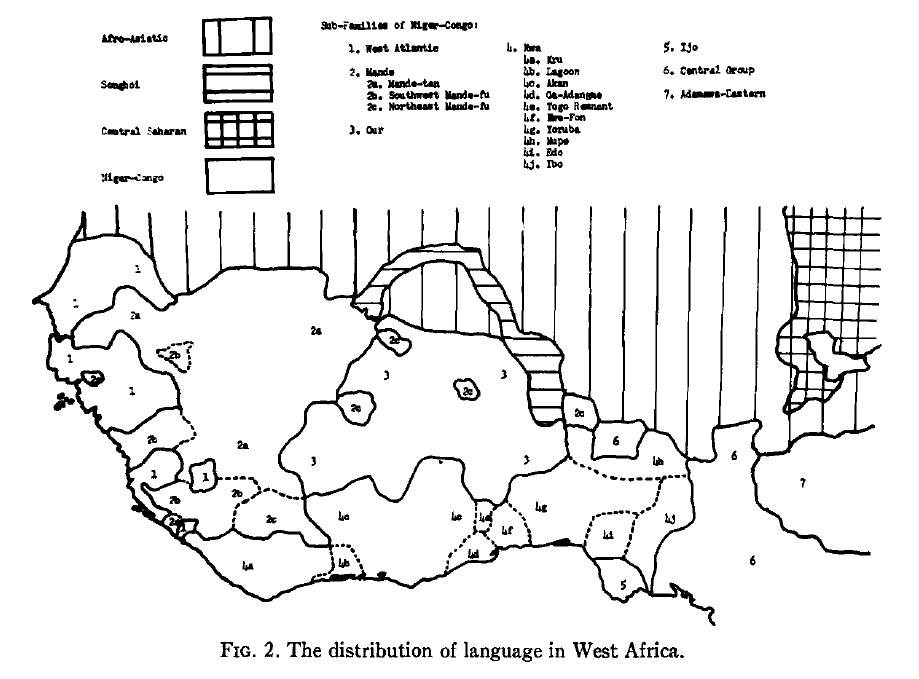Epidemiologists investigate dynamics of diseases by dvaluating the time-space clusters while cultural anthropologists (ethnologists) study human behaviors how to respond diseases by evaluating socio-cultural background of human life.
The dynamics of diseases must be analysed in the context of human behavior which was appreciated by their cultures and principles. Individual disease pertains a long term influence on cultural aspects of human life. Thus, epidemiologists and cultural anthropologists have often shared their study subjects and undertaken their collaborations for many years.
In this article, the authors at first discuss two historical examples of diseases whose epidemiological reaserches were successfully conducted in aid of cultural anthropologists, and at second part of this article, we introduce our challenge against HIV infection and disease control that is the most important issue to be studied by cultural anthropologist and epidemiologist.
1.Human traits of sickle cell anemia and malaria
The sickle cell trais (SCT) is a genetic disorder of erythrocytes whose traits are distributed throughout India, Middle-East, the Mediterranean and Central Africa. Homozygous SCT dies of severe anemia and thus no children is rerpoduced from the homozygous patients.
In theory of genetics, the SCT decreases its gene frequency in a population. However, West Africans have kept the SCT subpopulation by virtue of malarial infection.
In Allison (1954), an epidemiologist recognized the geographical distribution of the SCT subpopulation in Africa who was resistant to falciparum malarial infection. Libingston (1958), an anthropologist depicted geographical correlation between the positive rate of sickle cell anemia and the linguistic (ethnic) groups. He explained the geographic peculiarity of SCT by migration of people, ecological (subsistence) changes and ecological changes in the environments.
Livingston, F.B. Anthropological
implications of sickle cell gene distribution in West Africa. American
Anthropologist 60: 533-562, 1958.
He hypothesized that the west Atlantic language-speaking peoples first distributed in the west Africa who had no SCT in their ethnic groups. The other linguistic groups (Kwa language speaking people) migrated to west Africa from east and north-east districs. Two waves of Kwa language-speaking people arrived. The first wave was the Kru and Lagoon-speaking people. They were also non-SCT groups. The next wave was the Akan and Ga-speaking people who resided at the east area of the Kru and Lagoon at present, some of them eventually moved into west Africa. Since the Akan and Ga-language speaking people showd a high SCT frequency, they might be the founder of SCT in the west Africans.
The similar pattern of SCT migration was found among Mande language-speaking people. The Wande people had no SCT but they become SCT carriers after inter-breeding with the west Atlantic language speaking people who were positive for SCT. This interbreeding hypothesis accords with the epidemiological findings of SCT prevalence whose positive rate was increased among west Atlantic language speaking peoples lived at inland as compared with the coastal people.
However, it was not the case among Gambian tropical rain-forest people whose positive rate of SCT was higher in the coastal area than dry inland area. This was related with their ecological (subsistence) condition. In the tropical rain-forest area, they cultivated Yam potatos while the people living in dry area used to work millet cultivation (sorghum etc.). The SCT was increased among Yam-cultivating people and lowered among animal hunting peoples. The high prevalence of SCT was similarly found among Kru and Lagoon subgroups of the Kwa languages-speaking people who cultivated Yam potatos.
Wisenfold (1967), an anthropologist investigated interrelationships among occupation (jobs), sickle cell anemia and malaria. When compared agricultureal products and prevalence of sickle cell anemia, the millet cultivating people was less positive for SCT than rootcrops (yam etc,) cultivating people. Their rootcrops were not the African yam (Diosocorensis cavenesis) but the Polynesian yam ( D.alata, D.bulbife, D.esculenta, Colocasia antiquorum). Added to these they cultured banana and coconut. Wisenfeld called this style of rootcrops cultivation the Malaysian agricultural complex. The Malaysian agricultural complex and SCT showed the same geographic distribution across East to West Africa.In order to understand interrelation between agricultural style and sickle cell anemia, we should know the ecological environment for Anopheles mosquitoes. There are two species of Anopheles mosquitoes in the tropical rain-forest. One species was A.funestus to transmit Plasmodium ovale (malaria) and the other was A.gambia to transmit Plasmodium falciparum. (malaria). The A.funestus could grow in the dark environment of tropical rain-forest and transmit endmic malaria with P.ovale. Meanwhile, epidemic malaria with P.falciparum was transmited by which could growin water holes at sunny place in the tropical forest.
Thus, the endemic malaria (P.ovale) prevailed in the deep tropical rain forest where hanting people lived without any deforestation. However, once these forests were opened to develop Malaysian Yam cultivation, the sunny open environments allowed A.gambiae to grow and transmit P.falciparum to cause epidemic malaria. Inaddition, deforestation bore more agricultural products to increase population density. According to the increased population, Anopheles mosquitoes changed their host range from forest animals to human.
Livingston estimated that agricultural system was introduced to the sub-Sahalian areas 2000 years ago. Thus, the West African people received natural selection pressure to increase frequency of SCT on 2000 years ago and evolved epidemic malaria of P.falciparum.
Weisenfeld developed a computer simulation and successfully evaluated the impact of malarial infection on persistence of SCT among the West African people. It was confirmed that sickle cells became non-permissive to malaria parasites due to sickle cell turnover rate and its altered metabolism.
This comprehensive hypothesis on the interrelationship between sickle cell anemia and malaria infection explained a good model of the biocultinal evolution theory which could unite the fields of epidemiology and anthropology.
2.Kuru and prion disease
REMARK: Today, the "slow
virus infection" is understood as prion disease

